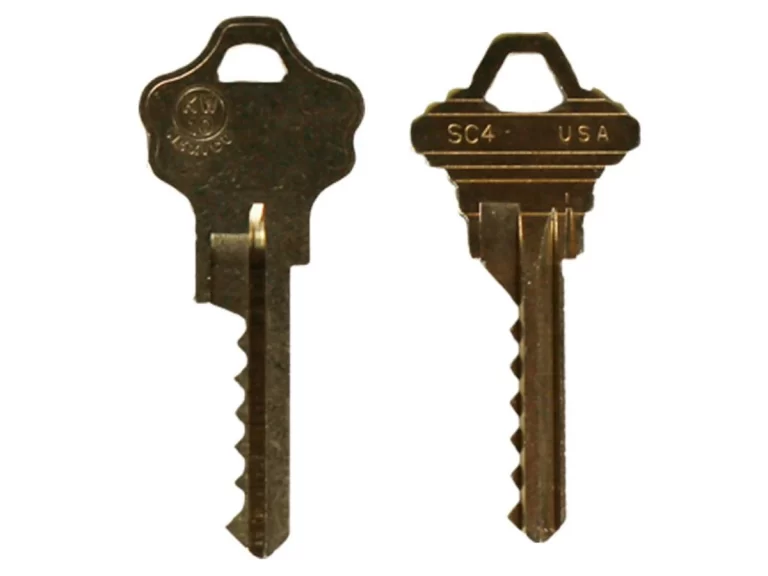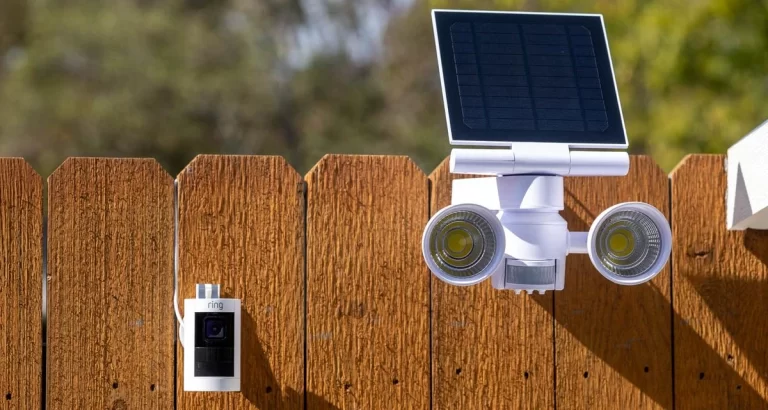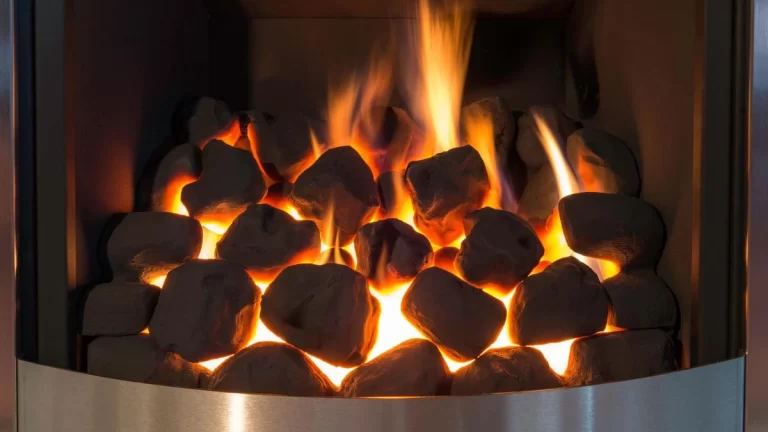Benefits of Small Energy Efficient Homes
Learn how to live sustainably and comfortably with small energy efficient homes. Discover eco-friendly designs, green technologies, and expert tips to create your ideal compact and energy-efficient sanctuary.
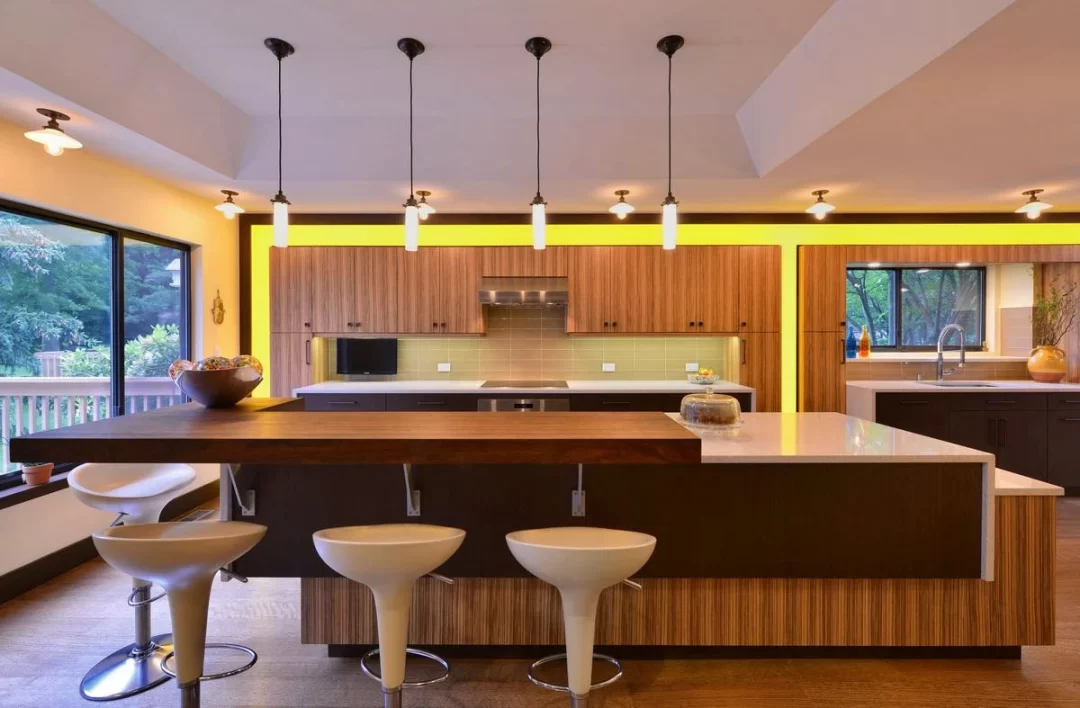
What are Small Energy Efficient Homes?
Small energy efficient homes, also known as tiny homes or micro houses, are dwellings designed with a focus on sustainability, resource efficiency, and minimal environmental impact.
These homes typically range from 100 to 400 square feet, providing just enough space for comfortable living without excess.
They are intelligently designed to optimize every inch and utilize renewable energy sources to minimize their dependence on traditional utilities.
The rise of small energy efficient homes has been fueled by a desire to live more consciously, reduce housing costs, and embrace a simpler lifestyle.
Benefits of Small Energy Efficient Homes
Small energy efficient homes offer a plethora of benefits that extend beyond environmental sustainability:
1. Lower Carbon Footprint
By using renewable energy sources and reducing energy consumption, these homes significantly decrease their carbon footprint, contributing to a cleaner and healthier planet.
2. Cost-Effectiveness
Smaller homes require less construction material, maintenance, and energy usage, resulting in lower expenses over time.
3. Flexibility and Mobility
Many small energy efficient homes are built on wheels or with modular designs, offering the flexibility to move and explore different locations without sacrificing comfort.
4. Minimalist Lifestyle
Embracing a simpler, clutter-free lifestyle can lead to reduced stress and a stronger connection to the things that truly matter.
5. Lower Environmental Impact
These homes use eco-friendly materials and adopt sustainable practices, reducing the overall strain on natural resources.
6. Creative Design Possibilities
Despite their compact size, small energy efficient homes can be creatively designed to offer a comfortable and stylish living space tailored to your needs.
7. Off-Grid Living
With the integration of solar panels, rainwater harvesting systems, and composting toilets, some small energy efficient homes can operate entirely off-grid, providing self-sufficiency in remote locations.
Designing a Small Energy Efficient Home
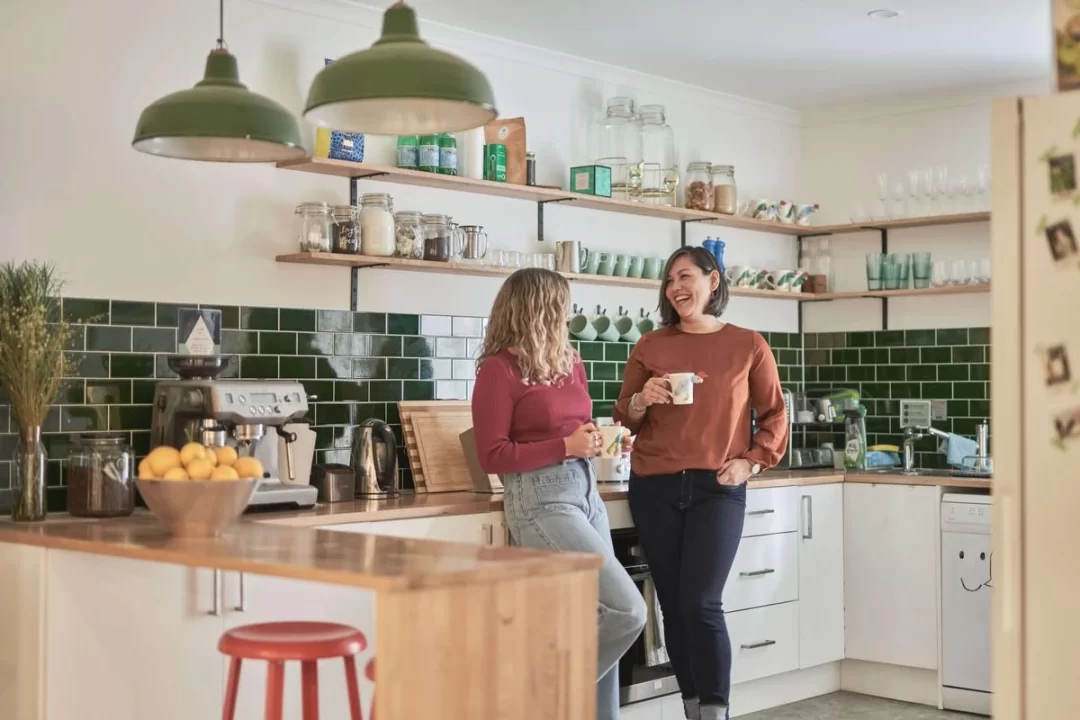
Designing a small energy efficient home requires thoughtful planning and creativity. Here are some key considerations:
1. Passive Solar Design
Utilize passive solar design principles to harness natural sunlight and heat, reducing the need for artificial lighting and heating. Large south-facing windows and thermal mass materials can help regulate indoor temperatures.
2. Smart Space Management
Maximize storage and living space with multi-functional furniture, built-in shelves, and compact appliances. Consider utilizing vertical space to keep the floor area open and inviting.
3. Energy-Efficient Appliances
Invest in energy-efficient appliances with high Energy Star ratings to minimize electricity consumption while maintaining modern comforts.
4. Sustainable Materials
Choose eco-friendly and sustainable building materials, such as reclaimed wood, bamboo, and recycled metals, to reduce the environmental impact of your home’s construction.
5. Green Roofs
Implement a green roof with vegetation to improve insulation, reduce stormwater runoff, and enhance biodiversity.
6. Rainwater Harvesting
Incorporate a rainwater harvesting system to collect and store rainwater for various household uses, reducing the reliance on municipal water sources.
7. Solar Power Systems
Install solar panels to harness renewable energy from the sun and power your home with clean electricity.
8. Proper Insulation
Ensure the home is well-insulated to prevent heat loss during colder months and reduce the need for heating.
9. Efficient Ventilation
Implement a mechanical ventilation system to ensure proper airflow and maintain healthy indoor air quality.
10. Composting Toilets
Consider using composting toilets to reduce water consumption and turn waste into nutrient-rich compost.
Conclusion
Living in a small energy efficient home offers an inspiring way to embrace sustainability, reduce environmental impact, and lead a more fulfilling life.
By adopting eco-friendly design principles, utilizing renewable energy, and making mindful choices, you can create your dream sanctuary that’s both comfortable and environmentally responsible.
So why wait? Join the movement of small energy efficient homes and contribute to a greener future.
READ ALSO!!!


